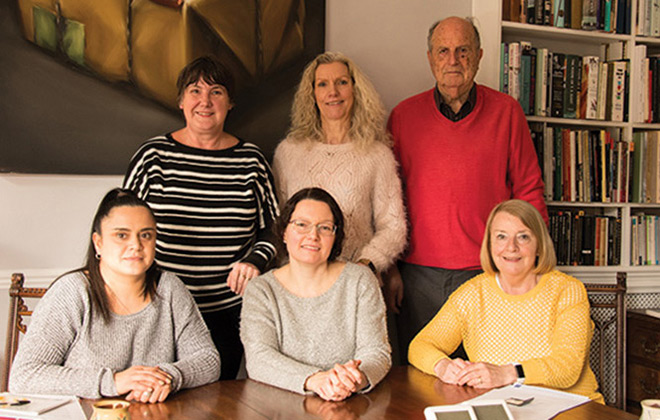About us
MLD Support Association UK was set up to bring hope to families in the fight to eradicate Metachromatic Leukodystrophy (MLD). Our primary aim is to provide support to families, personally, through our Website and Facebook group and at annual Family Conferences and Fun Days. This enables families to share their experiences of living with MLD.
As MLD is a rare disease, many health professionals know very little about the symptoms and outcomes. MLD Support Association UK is committed to providing information to ensure a correct and early diagnosis and also to provide current details of on-going care or treatment options.
We also support research into therapeutic procedures for MLD by working closely with companies trialing possible treatments.
We are currently working on a Database of all known cases of MLD in the UK. Patient information in this Database will be used to help us keep in touch with all affected families.
MLD Support Association also organises a bi-annual Scientific Conference where scientists and clinicians who specialise in Leukodystrophies can meet up to learn about current treatment and research.
Family Support
MLD Support Association UK was set up by two families who have a child with MLD. We understand how life-shattering the diagnosis can be and how alone you are feeling.
The primary aim of MLD Support Association UK is to support and assist families affected by MLD, personally, through our Website and our Facebook group and at our Family Conferences and Fun Days. This enables families to share their experiences of living with MLD. There is also a Living with MLD leaflet you can download.
We also have a Clinical Health Advisor with a background of nursing and metabolic medicine, who is able to visit newly-diagnosed families and offer advice and support.




